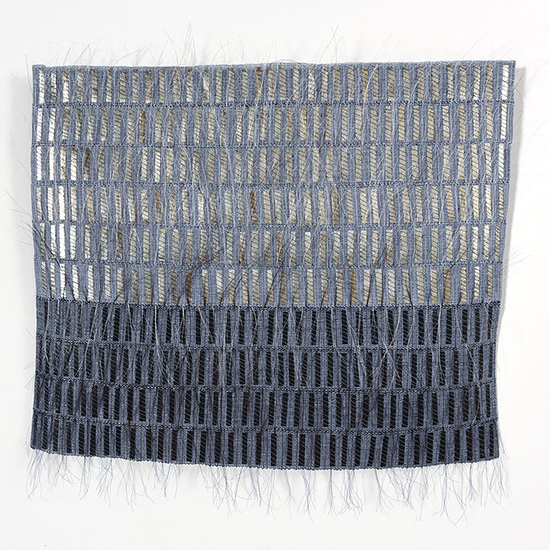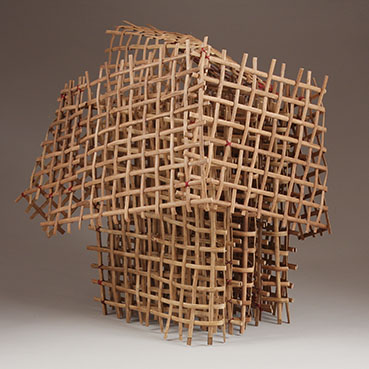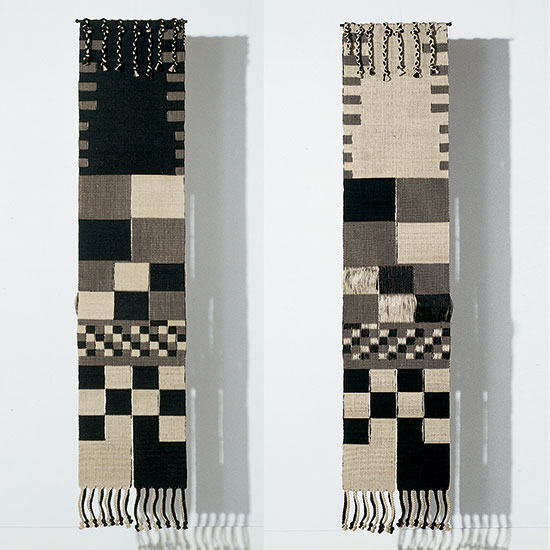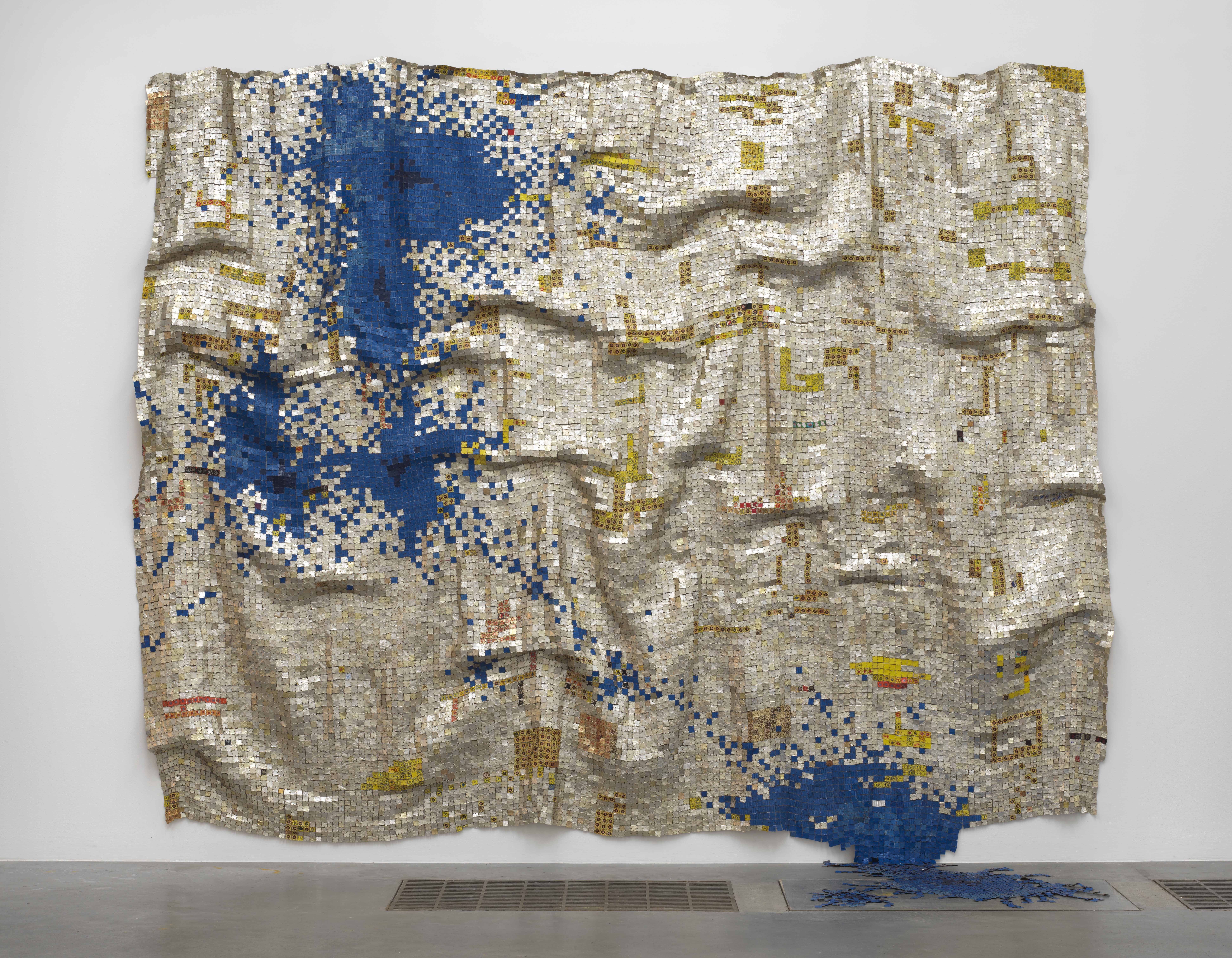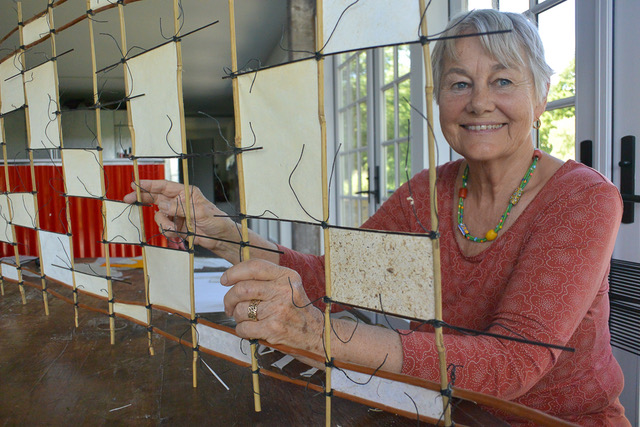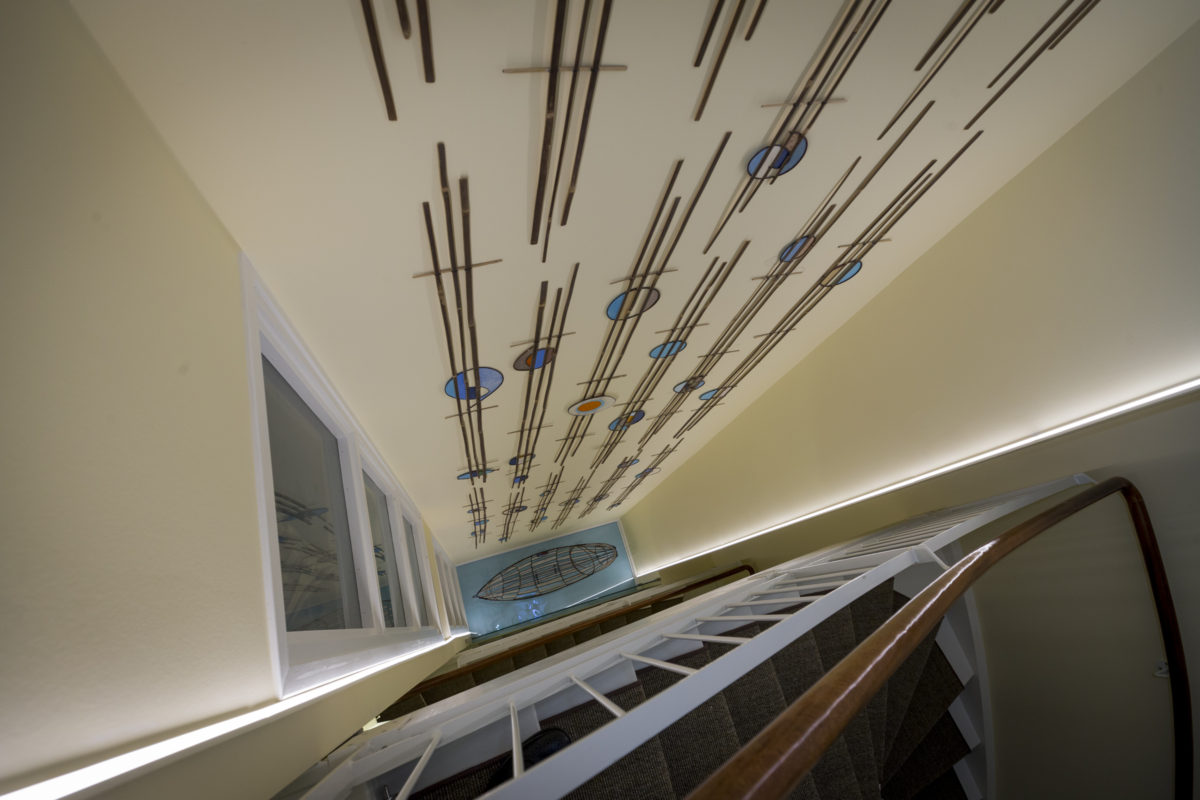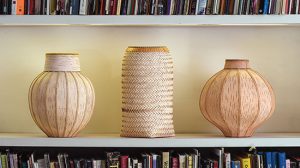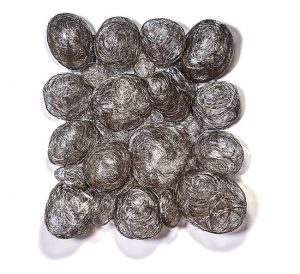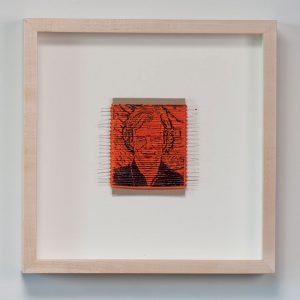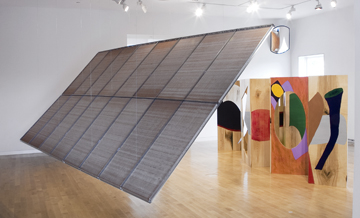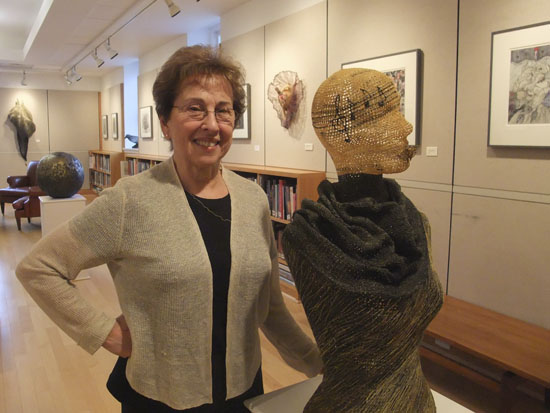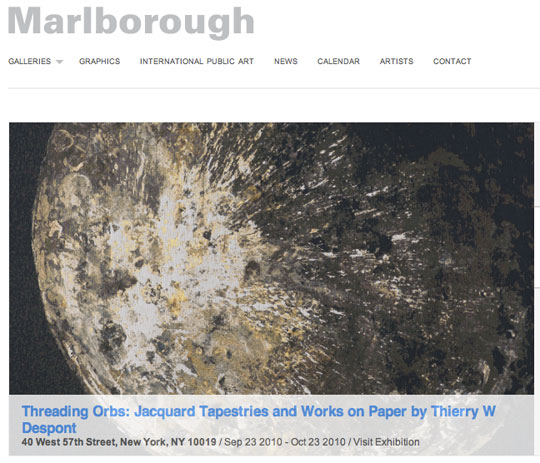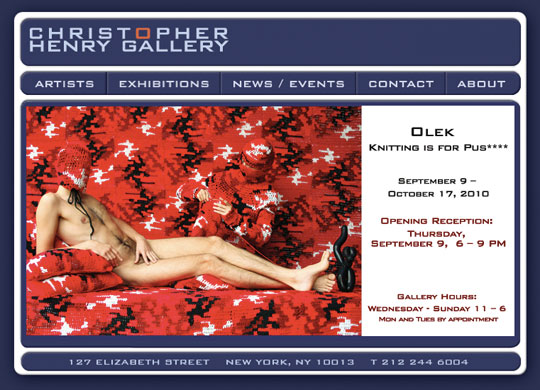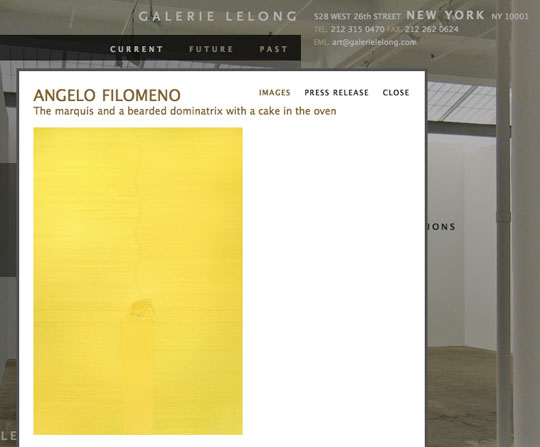Our 30th Anniversary Catalog Still Crazy After All These Years…30 years in art
was our most ambitious by far. Our 46th catalog, is the largest (196 pages), with the most photographs (186), featuring the most artists (83) and the most artworks (111). So naturally, we are pretty pleased that clients and artists are excited about it, too. We’ve sold a record number of copies since the release a few weeks ago, and it isn’t even listed on Amazon yet. Many of the artists—23 in fact—have written us raving about the catalog.“
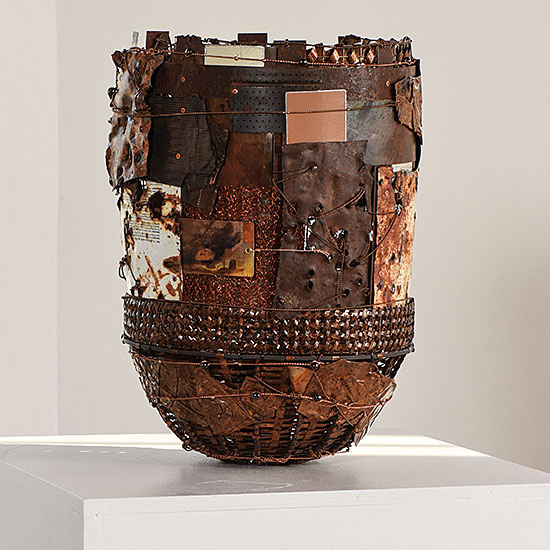
New Age Basket No.4 by John Garrett, collected and artist made parts; copper sheet and wire; found; paint; rivets, 16” x 15” x 15”, 2009
“Very handsome,” pronounced John Garrett who has two works in the exhibition. Kiyomi Iwata, whose piece Southern Crossing Five is included in the exhibition, applauded the catalog as “meticulously photographed and printed” and acknowledged the passion that went into it, describing it as a “real work of love.” British artist Dail Behennah praised it as “…beautiful, full of interest and inspiration.”
Cordis prize winner Jo Barker felt it was “really stunning seeing the range of work included in the recent exhibition” and was “really proud to be a part of it.” Gyöngy Laky, whose sculptures are included in the exhibition, found the selection of work for the catalog was “so strong and so creative.” She should know, she’s been in 11 of our catalogs!
Kazue Honma, a basketmaker
who has spent her career radicalizing the field of traditional Japanese basket making wrote “I am very proud of this book including my work. You made me keep going all these years. I cannot say my thanks enough to you.”
Several of the artists appreciated Janet Koplos’ insightful essay, including Adela Akers, whose tapestry, Dark Horizon is included. She wrote “ Wonderful review of the work and your work during all these years by Janet Koplos. Loved her analysis and description of my piece.” The text is “superb” wrote Dona Anderson, whose work, Otaku is featured. “I really enjoyed reading Janet Koplos’ introduction and her appreciation of your contribution to our field,” wrote Karyl Sisson. Ritzi Jacobi, whose sculptural tapestry, Rhythmic, is found on page 59, noted the comprehensive look at browngrotta arts’ history that Koplos took in her essay, “after all these years the catalog gives one a great impression of your activities and preferences.”
Learn for yourself where we’ve come from and what our artists are up to by ordering your own copy of
Still Crazy After All These Years…30 years in art HERE.


